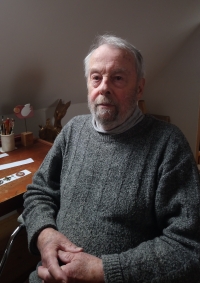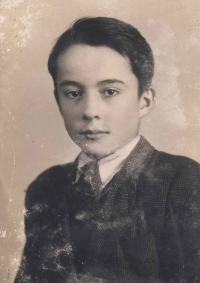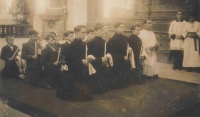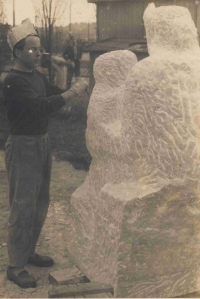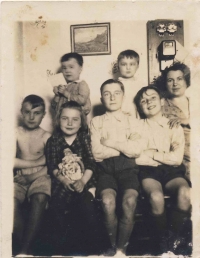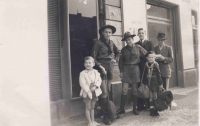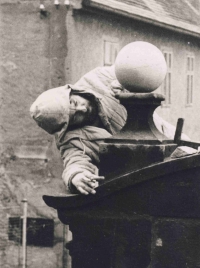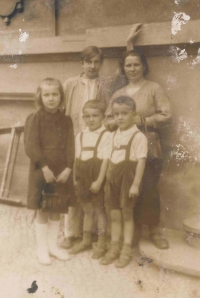You forbid me to do my work, so I will repair saints

Download image
Bořivoj Rak was born on the 17th of August 1932 as the fifth child of a painter Josef Rak and Terezie Raková. He grew up in Břevnov and joined a boy scout Legio Angelica unit thanks to his three older brothers. He attended several of their camps after the war. Having finished elementary school Na Marjánce he started to study at State Central School of Housing Industry and he then continued at Higher School of Housing Industry. He passed entrance exams for the Academy of Arts, Architecture, and Design (UMPRUM) but was not admitted as a son of self-employed person and a Russian legionnaire. Having finished his military service, he applied for admission to Sculpture and was successful this time - probably at pedagogic Václav Markup´s intercession. He successfully studied at the Academy of Arts, Architecture, and Design (UMPRUM) under Josef Wagner and he graduated under prof. Jan Kavan. He worked in the Pilsen Region in cooperation with architects until 1969 but he lived with his wife and son in Prague in Letná. He became an undesirable person because of his anti-communist attitude during the time of normalization and could not do his job. He got to do restoration thanks to his meeting with architect Jiří Hrůza and it became his main profession for the rest of his life and he became respected in his new profession for his maintenance of Matthias B. Braun´s works of art. He worked in Klášterec nad Ohří, Duchcov, Most or in Osek. He cooperated on the project of the relocation of the Church of the Assumption of the Virgin Mary. Together with Jiří Novák he participated in the creation of the copy of the sculpture group representing Dream of Saint Lutgardis by Braun that is installed on the twelfth pillar of the Charles Bridge. He also restored with care the relief of the tympanum of the northern portal of the Church of Our Lady before Týn in Prague. He also dedicated his time to making his original sculptures the whole time. For instance, he created a sculpture group representing Annunciation which is now a part of the church in the town of Mariánská Týnice in the north area of Pilsen. He lived in Most since 1970s and he got married for the second time and raised a daughter there. A retrospective exhibition was organized for him at the occasion of his eightieth birthday. He lived in Unhošť during the time of shooting of the interview (in 2019).
